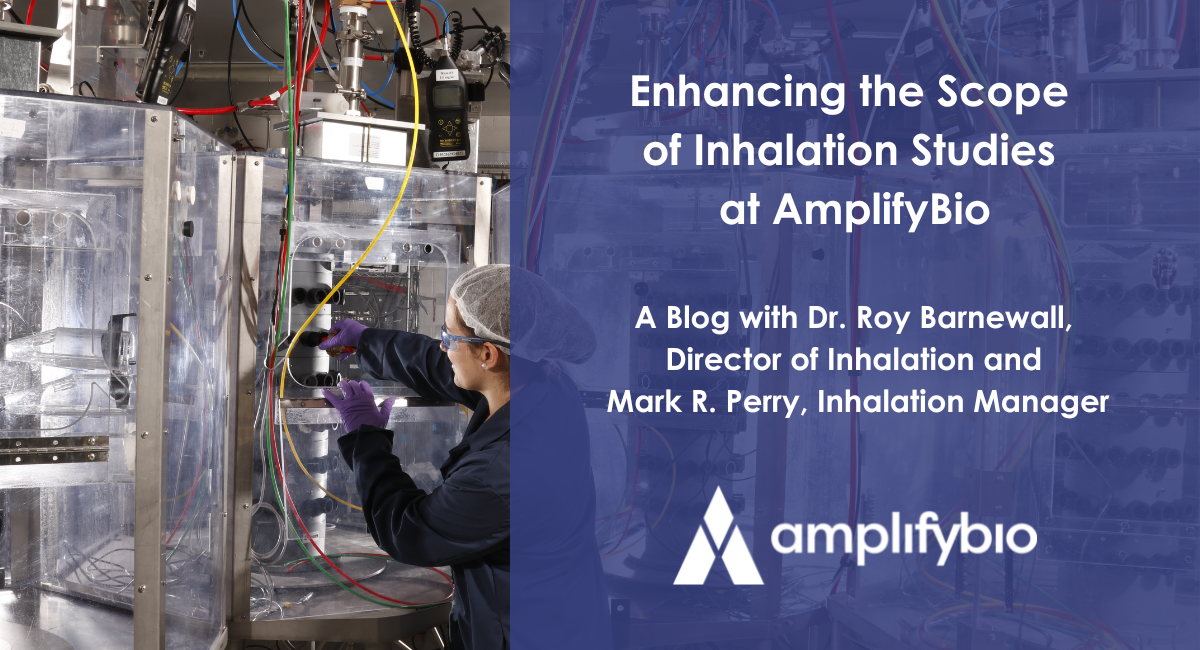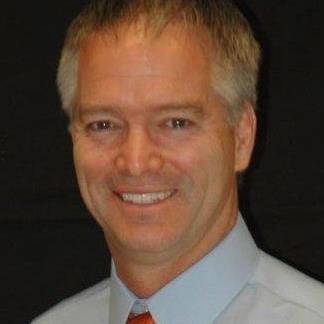
AmplifyBio Inhalation Blog
We’re thrilled to have our Scientific leadership for inhalation toxicology answer a few questions about AmplifyBio’s inhalation capabilities and the potential for the future regarding this complicated route of administration.
Please describe your background in preclinical research and inhalation Toxicology.
Roy Barnewall: I received my Ph.D. in microbiology and pathology and a Doctorate in Veterinary Medicine from Ohio State University in 1999. That same year, Battelle hired me as a study director performing preclinical toxicology and efficacy studies using medical countermeasures against highly pathogenic microorganisms. Having both degrees made me an ideal candidate to conduct this specialized research.
Early in my career, I was tasked to form a new department centered on aerosol/inhalation delivery of highly pathogenic microorganisms, toxins, and chemical warfare agents to test the efficacy of medical countermeasures against these agents. This exciting opportunity led to years of developing new inhalation and analytical skills. Our skilled team of 5-12 staff successfully completed over 150 inhalation studies, with over 50 personally study directed by myself. Then in 2014. I was invited to lead and manage a consolidated inhalation team at Battelle and, finally, with the formation of AmplifyBio to be the Director of Veterinary Sciences and Inhalation Technology.

Roy Barnewall, Director of Veterinary Sciences & Inhalation Technology
Mark R. Perry: Battelle hired me straight out of Ohio State graduate school in 1990 and immediately had me supporting research into chemical and biological defense topics. Battelle had a renowned expert in every field, creating an excellent learning environment where I participated in several cutting-edge research projects related to national defense and biomedical research. This included developmental military smokes and obscurants, in-vivo evaluations of chemical/biological warfare agents and potential countermeasures, toxicity/infectivity evaluations, and pharmacokinetics. These projects enhance my knowledge in analytical chemistry, analytical biology, aerosol physics, vapor physics, fluid dynamics, materials compatibility, pharmacokinetics, and toxicology.
Most of my Battelle career was dedicated to conducting in-vivo research as a Study Director and inhalation specialist. I’ve directed over 50 GLP and non-GLPs studies, but my passion has always been on inhalation testing. I am utilizing my engineering and scientific skills to develop a custom inhalation system capable of delivering precise inhaled doses has been excellent. I’ve designed systems for bioaerosols, chemical aerosols and vapors, and multicomponent atmospheres for all the standard test models.

Mark R. Perry, Senior Scientist and Inhalation Manager
What excites you about inhalation, specifically as part of AmplifyBio?
Mark R. Perry: The future for Amplifybio’s inhalation group is full of potential. We have a great mix of seasoned staff and new young talent, and I’m excited to see how we combine decades of inhalation testing experience with the youthful ingenuity to evaluate emerging respiratory gene therapies. This field is still very new, and inhaled gene therapy evaluation methods are still being developed. We are currently developing those methods for efficacy and toxicity evaluations.
Roy Barnewall: Mark Perry, the direct Manager of the Inhalation Team, has hired a talented, diverse mix of experienced and new young staff with diverse educational backgrounds (chemical engineers, electricians, biomedical engineers, to name a few) who are excited to take their knowledge and capabilities and use them to enhance AmplifyBio’s inhalation capabilities. Mark and his Inhalation Team are expanding into areas that can help augment the understanding of how and where inhaled compounds are deposited in the respiratory tract. One very intriguing initiative is combining a labeled compound and performing whole-body imaging. With this capability, we will be able to determine where in the respiratory tract the material is primarily deposited and where the material distributes and accumulate in the body over time. I am excited to see the Inhalation Team combines decades of inhalation testing experience with youthful ingenuity as they begin to evaluate the emerging area of respiratory gene therapies and how they can synergize to overcome the complexities of maintaining the integrity of gene therapy constructs.
Can you tell me about some of the critical capabilities of your lab?
Roy Barnewall: AmplifyBio’s laboratory facility is designed to support a wide variety of inhalation testing using a wide range of animal species using a wide range of aerosol-generating techniques. These species include the full range of models from rodents to large animal models, all standard exposure approaches including whole body, nose-only, head-only, and endotracheal. Additionally, AmpifyBio can perform real-time respiratory monitoring capabilities and analytical support.
AmplifyBio Inhalation Team routinely provides primarily support safety and toxicity studies. The compounds routinely tested include commercial therapeutics and treatments, cigarette complex mixtures (aerosol and vapor), e-cigs, and industrial chemicals. As the Inhalation Team begins evaluating cell and gene therapies (DNA, mRNA, Antisense-RNA, etc.), the inhalation studies will also include toxicity evaluations with the addition of efficacy testing to ensure a product does what is intended.
What are new technological changes currently being implemented in your lab?
Roy Barnewall: We have purchased a Class III Biological Safety Cabinet (BSCIII) to safely contain cell and gene therapy aerosol systems for inhalation/aerosol development work and small-scale pilot studies. This containment is required along with specialized procedures to safely contain the generated aerosol and transfer the exposed animals and study test samples. Additionally, we have worked with an industry-leading provider of BSCs to develop a large custom-designed BSCIII to perform large-scale rodent inhalation studies and more extensive animal inhalation studies. The custom BSCIII will be purchased in 2023.
Please discuss any new changes on the horizon that you’re looking forward to. What is it about your lab’s future that you’re excited about?
Mark R. Perry: We are adding capabilities in several key areas to prepare for this CGT testing. Specialized bioanalytical laboratories will provide on-site quantification of the CGT test material and samples collected during aerosol exposure and from the exposed animals. We are acquiring class-3 biosafety cabinets to ensure proper containment of CGT aerosol exposure systems. State-of-the-art data collection and system control software for automated data collection and improved system monitoring and control. In addition, we are enhanced aerosol generation capabilities for precise aerosol size and concentration control which will facilitate targeted lung deposition. These exciting development areas will perfectly position Amplifybio for CGT inhalation testing.
Read More:
Download Inhalation Capabilities Flyer
Download Inhalation White Paper
Inhalation Toxicology Services
Contact Us
As an expert contract research organization (CRO), AmplifyBio leverages decades of experience to create modern commercial drug development solutions. From CRO and preclinical CRO needs to cell and gene therapy and advanced therapy testing, our accredited team designs innovative paths to produce globally recognized studies, services, and more.

